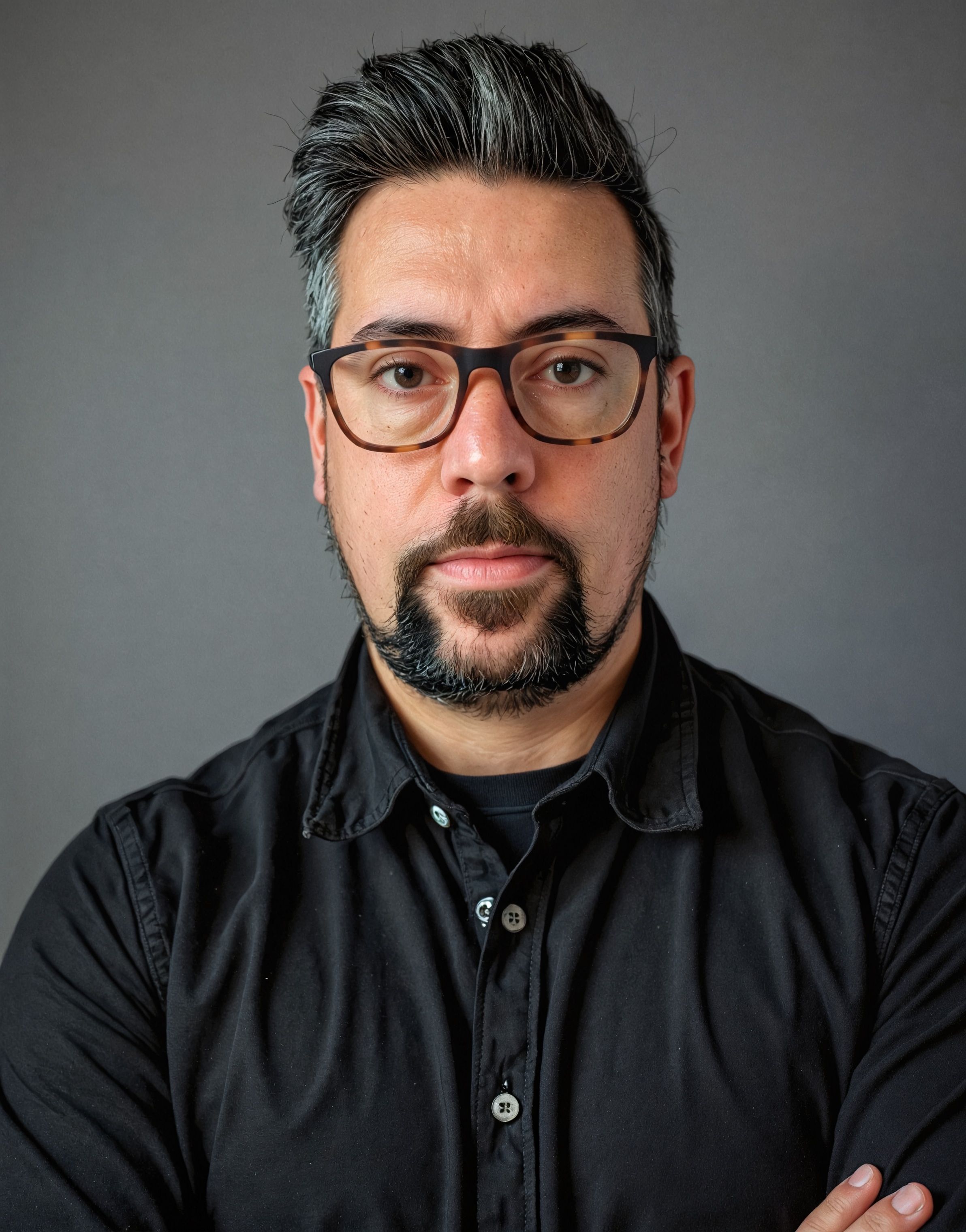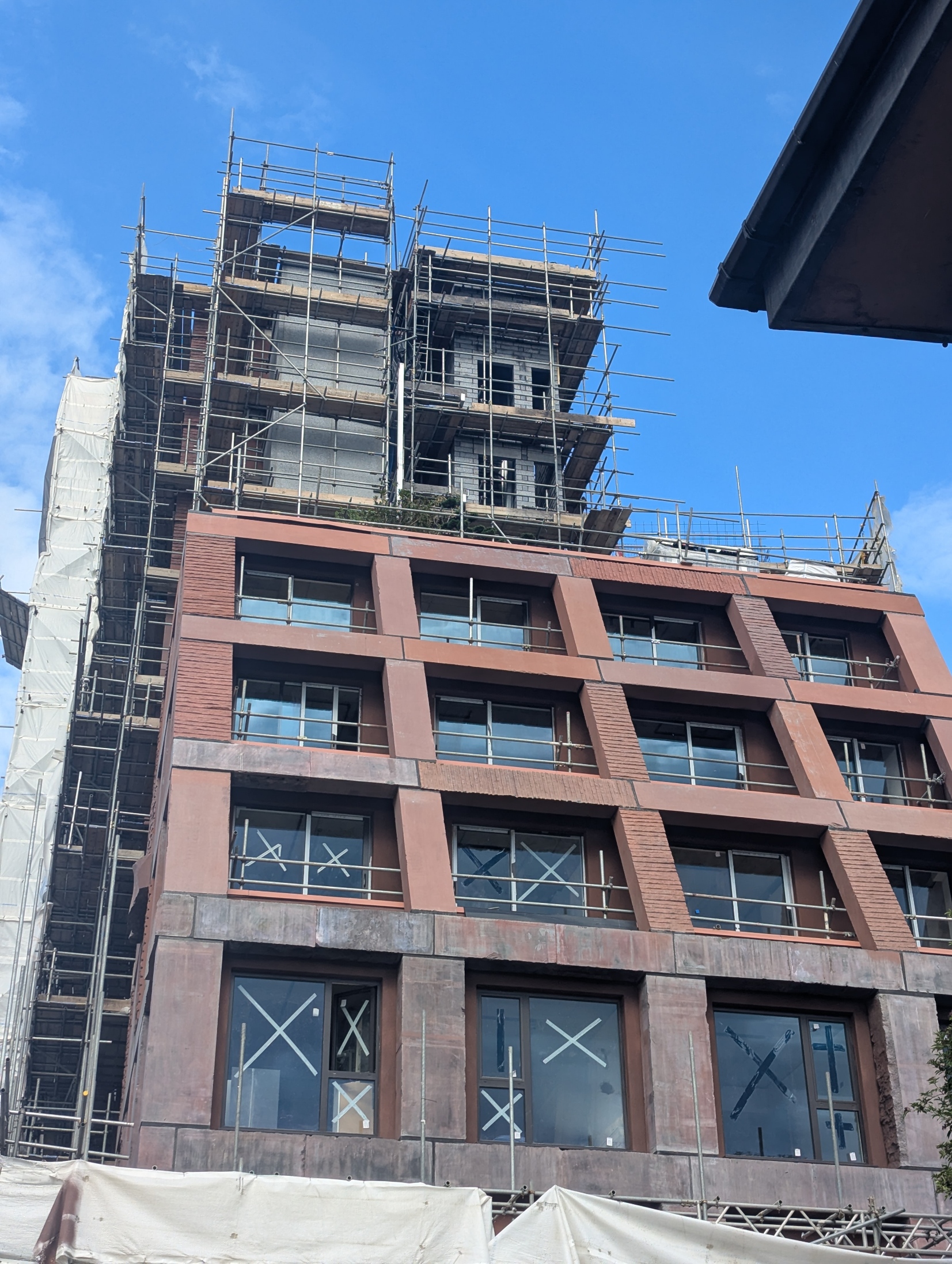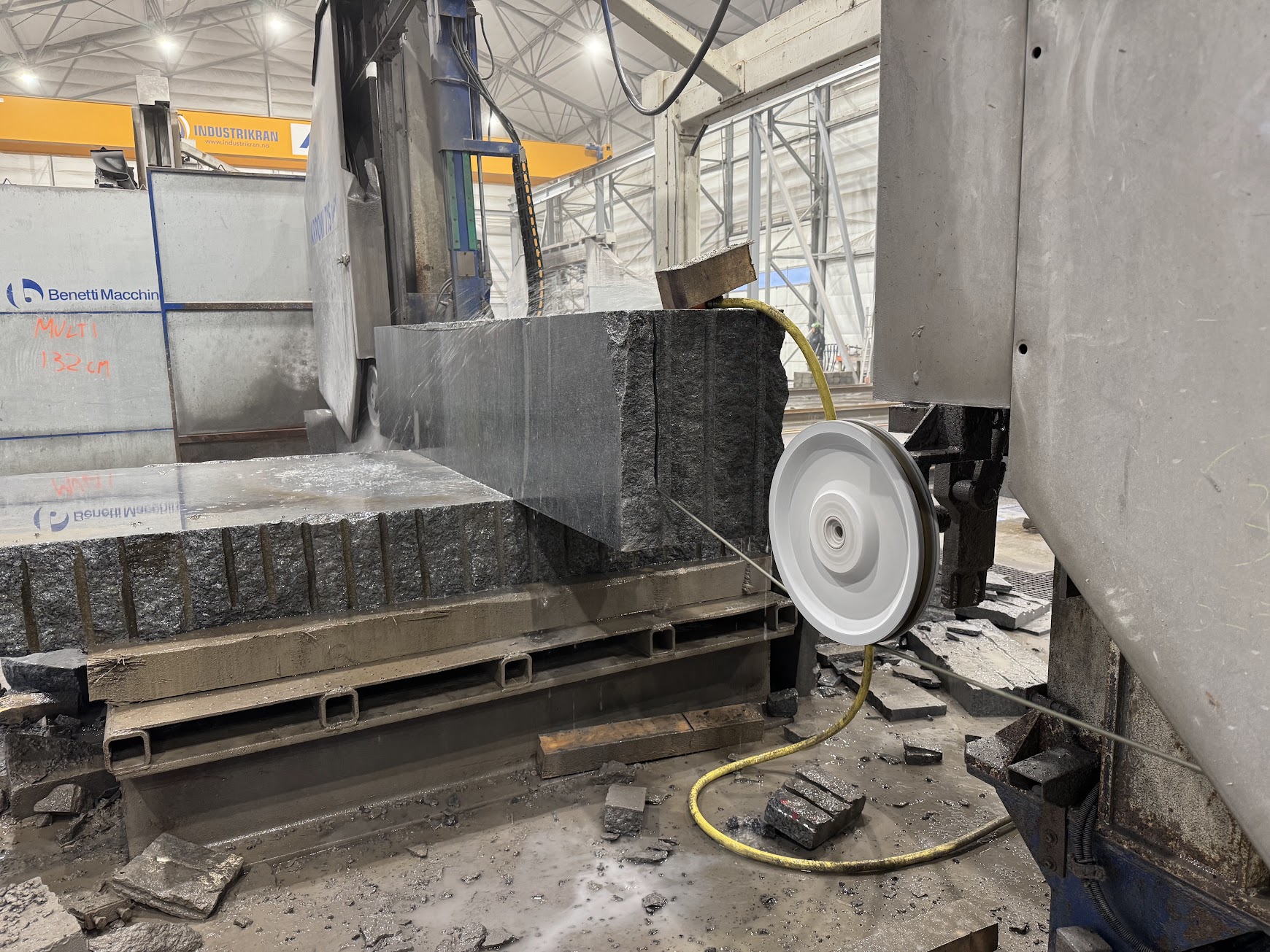Surface Perspectives: Ben Ayling, Lundhs
Ben Ayling is the UK business development manager for Lundhs, Norway’s leading supplier of Larvikite and Anorthosite, and member of The Stone Collective. Let’s scratch below the surface to find out what makes Ben tick…
What does a typical day look like for you?
My days revolve around helping architects, designers, and fabricators understand how natural stone can solve practical and aesthetic challenges. I spend much of my time visiting studios and sites, delivering RIBA-accredited CPDs, and reviewing upcoming projects where Larvikite may be the right solution. Communication is a major part of the role. I translate technical information from our quarries in Norway into clear, practical guidance for UK project teams. No two days are the same, but most involve conversations about design intent, performance, and how to use stone well.

How integral are materials to your day-to-day?
Materials are central to everything I do. I work with Larvikite daily and spend a lot of time comparing it with other surfaces used in the UK. I think about materials constantly, whether that’s appearance, surface performance, or long term durability. Most of my work involves explaining these qualities to architects or fabricators, often through samples, site discussions, or technical reviews. Stone is tactile, so I focus on helping people see and understand it firsthand. Communication about materials is a core part of my role, and it shapes almost every conversation I have.

What are the biggest lessons you have taken forward from your original training? How has your education informed your career?
My background is in business, communication, and fabrication rather than geology, and that has shaped how I approach the stone industry. The key lesson from my early training was the value of clarity. Good decisions rely on people understanding a material, its performance, and its purpose. That mindset has been essential in a sector where natural stone can seem complex. My education taught me to look at the bigger picture, ask the right questions, and communicate simply and honestly. Those skills have proved more important than any technical training.

Which project/s are you most proud of being involved with and why?
317 Finchley Road stands out. It is a rare example of load-bearing stone used for residential blocks in the UK. The project required collaboration, problem-solving, and a determination to see Groupwork’s original vision implemented as intended. It was a significant undertaking for our team in Norway to adjust to the challenges presented, yet they did so with real skill and commitment. The project has since become a case study for The Stone Collective, showing the industry what is possible when stone is treated as a structural material rather than just a surface. I am proud of its ambition and its outcome.
What do you feel are the main challenges facing the stone and surfaces industry today?
Education remains the biggest challenge. Many decision makers do not fully understand stone performance, quarrying, or long-term value, while competing materials often market themselves more aggressively. Misconceptions around sustainability are also common, with natural stone sometimes compared unfairly to high-carbon products presented as “eco-friendly.” Consistency of supply, skills shortages, and increased pressure on logistics all play a role, but the underlying issue is knowledge. The industry needs clearer communication, better data, and more transparency to help designers and clients make informed decisions.

In your opinion, what are the positives of using stone in the built environment?
Stone is durable, low maintenance, and inherently low carbon because Mother Nature put the energy into creating it for us millions of years ago. It requires minimal processing compared with manufactured materials and develops character rather than degrading. Stone performs well both structurally and aesthetically, whether used for worktops, cladding, paving, or load-bearing elements. Its natural variation gives buildings depth and authenticity, while its strength makes it a reliable long-term choice. Stone also contributes to simplicity in design. It doesn’t need coating or imitation. It stands on its own merits, offering an honesty that is increasingly valuable in today’s built environment.
How does sustainability shape your thinking and decision-making, and how do materials fit into this?
Sustainability is central to my work. I encourage designers and engineers to consider whole life value rather than upfront cost, because natural stone often delivers the lowest embodied carbon when sourced responsibly. Larvikite, for example, requires minimal processing and offers long-term durability. The Stone Collective was created to support this shift in thinking and promote stone as a genuinely sustainable option. For me, sustainability is not a badge but a set of decisions around source, transport, lifespan, and performance. When viewed through that lens, natural stone becomes an obvious and responsible material choice.

